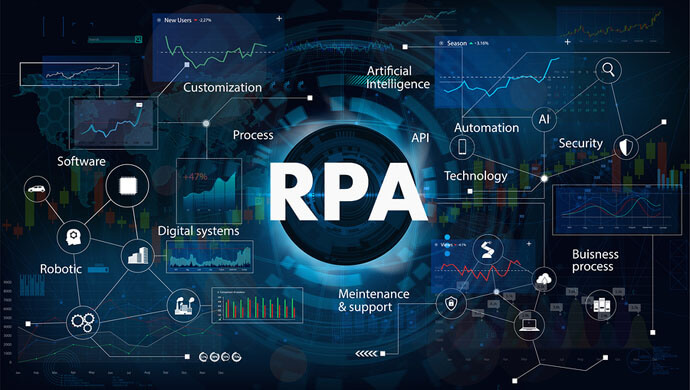Artificial intelligence is just a hoax, it won’t survive. This is what people used to think of AI a few years back, we all know how far it has come. The world of technology has experienced amazing growth in the last few years. New disruptive technology trends are constantly arising and changing, from the astounding developments in Artificial Intelligence (AI) to the captivating experiences of Augmented and Virtual Reality (AR & VR), and the ever-increasing reach of smartphones and the internet.
Some of the most significant disruptive technology trends of the future are probably going to come from technologies that seem futuristic or out of reach right now. However, if a disruption is ignored in its early phases, it usually results in higher entry costs later on in its development cycle—strategic, financial, and existential costs.
Therefore, we have compiled an exclusive guide for you to familiarize you with the most disruptive technology trends that will not only rule 2024 but will become the tech frontrunners in the years to come.
What is Disruptive Technology?
Innovative inventions or advanced technology that changes how people behave, think, or interact with one another is known as disruptive technology. It also alters how companies or industries operate.
For example, eCommerce changed the way people shop when it first came out. Because it offered people the convenience of shopping from wherever and whenever they want. Now that AI and virtual reality have taken over, people prefer only those platforms that are offering these technologies.
It simply means that from time to time technologies evolve and new disruptions take their place. If you’re looking to sustain in the modern digital landscape, you need to keep up with these disruptive technology trends.
11 Disruptive Technology Trends For Future-Ready Businesses
Innovations can break established norms and make way for new, more economical, and efficient methods to be used in service delivery and production. Are you curious to find out about disruptive technology trends that could work for your business? Discover the top 10 disruptive technology trends that will significantly affect the global economy:
1. Phygital Convergence and Digital Twins
This is a new concept that describes the area where the digital and physical worlds meet. The lines between the two are becoming more and more hazy as a result of technologies like augmented reality, virtual reality, and immersive experiences.
We are living through a time where the real is becoming considerably more flexible and pliable and the digital is getting more realistic—a development closely related to the digital twins. With the use of this technology, we may alter any component in the digital realm until it reaches its peak performance in the physical world.
This disruptive technology trend will speed up the acquisition of new digital skills for a wide range of vocations, streamline corporate processes, boost productivity, and drastically reduce expenses.
2. Headless Technology
It enables companies to separate the front end, or “head,” of any company’s website, from the back end for the sake of efficiency and display. If you instruct your Amazon Alexa to order and ship you the best-selling cooking pots, it means you are utilizing headless technology.
In its most basic form, the headless eCommerce system’s home page (front end) sends an API notice to the application layer (back end) to process the order when a user clicks “Buy Now” on any website.
The eCommerce industry requires more creative, affordable solutions to draw in and keep new customers, as felt by the 86 percent of business owners who face their costs rising with every client acquisition. Headless tech gives potential customers a quicker, more enjoyable shopping experience.
As headless technology gains traction as one of the most prominent disruptive technology trends, it will completely revolutionize the eCommerce industry, forcing companies to quickly adopt it or risk falling behind.
3. Continuous Threat Exposure Management
Continuous threat exposure management or CTEM is one of the most important cybersecurity disruptive technology trends for 2024. Organizations are implementing proactive ways to promptly detect, assess, and mitigate emerging hazards. Through the integration of advanced analytics and automation, CTEM offers ongoing monitoring that promptly detects weaknesses. This cutting-edge technological development will improve cyber security in 2024 by emphasizing dynamic risk assessment and making sure that new security risks are addressed quickly.
4. Metaverse
The entire metaverse is starting to take on more physical form. According to a recent study by Forbes, the world economy is expected to benefit $5 trillion from the metaverse by 2030. Many sectors, particularly eCommerce and gaming, have a lot to gain from Metaverse.
Technology related to virtual reality (VR) and augmented reality (AR) is still advancing. In the coming future, there will be immersive meeting spaces in the Metaverse that will facilitate cooperative ideation, brainstorming, and co-creation.
Companies are already using metaverse technologies like AR and VR for onboarding and training. Both the new candidates and current team members can complete HR-related activities virtually in this virtual world without having to be physically present. In 2024, this trend will rise even more.
5. Datafication
Datafication is one of the most significant disruptive technology trends of 2024. It breaks down complex business processes into quantifiable, trackable pieces to produce accurate data-driven insights. Its capacity to unlock the latent potential in enormous data sets is what gives it its strength.
AI, machine learning algorithms, and sophisticated analytics have a lot to offer for businesses. These technologies give them important insights into consumer behavior, market trends, and internal inefficiencies. Companies can customize goods and services precisely since they have a greater understanding of customer preferences. Overall, data is here to stay and it will only become more powerful with time.
6. Generative AI
2023 was the year of generative AI. The year 2024 is witnessing the realization of its true potential and usefulness by the global community. If you’re not a tech geek these days, the mere mention of artificial intelligence (AI) may make you shudder. If it doesn’t make you fear that it will take over the globe and wipe out humanity, then you may be anxiously waiting for it to take your job and eliminate you.
However, it’s the exact opposite. It will not take people’s jobs but make them easier. People are now starting to become aware of generative AI’s potential as it becomes more integrated into the daily things we use, such as search engines, office suites, design programs, and communication tools. It can handle your daily tasks, save valuable time, and make you more efficient and productive just like a smart assistant.
7. Platform Engineering
It is the art of developing and overseeing internal self-service portals. In other words, every platform is a layer that a committed product team builds and manages with the goal of satisfying user needs through interfaces with systems and procedures.
Platform engineering enhances developer productivity and experience by offering automated infrastructure operations together with self-service features. It is popular because it promises to improve the developer experience and speed up the product delivery.
80% of big software engineering companies will establish platform engineering teams by 2026 as internal suppliers of reusable services, components, and tools for application delivery. It also fits with the trend of extending technical expertise and services to various roles and commercial operations.
8. Hyperconnection and the Internet of Things
We are living in an era where the Internet of Things (IoT) sensors and networks of linked devices are essential to developing digital twins, creating Metaverse, enhancing the functionality of smart devices, and planning cities of the future.
Internet of Things (IoT) technology gathers and analyzes data from industrial machinery to provide insights about the process that can be used to increase productivity, reduce production costs, identify new market opportunities, identify consumer trends, or foster product innovation.
By 2030 there will be about 50 million IoT devices in operation, which means there’s still a lot to be done. As more data is gathered and examined, this might build a vast network of linked devices that provide businesses with increased security, efficiency, and decision-making capabilities.
9. Augmented Analytics Trends
Augmented analytics has started to emerge as one of the most handy disruptive technology trends of 2024. Machine learning has advanced the utilization and integration of data science, process mining, data management, data analysis, business process management, and other analytical capabilities. Our current understanding of business intelligence will evolve and make hybrid data the center of all our decisions.
Analytics and data technology providers are upgrading traditional software applications to enhance their product and service offerings through a new breed of business intelligence and analytical solutions. According to a survey, 74% of companies globally plan to invest in new disruptive technology trends. Especially BI solutions like augmented analytics are increasing the productivity and efficiency of operations.
10. Edge Computing
Edge computing minimizes cloud computing delays and makes up for its limitations. The primary idea is to transport data—which can exist on the edge—to a data center for processing. Data can be processed more quickly if it is closer to the location where computation is required. This is extremely helpful when processing time-sensitive data in remote places with inadequate connectivity. In these ways, edge computing acts as a small data center.
Due to the ultrafast data transport capabilities of 5G and other technical breakthroughs, digitalization has become the norm. Since mountains of data need to be handled, the demand for edge computing has increased. It is estimated that edge computing will be used in about 50% of new enterprise IT infrastructure. Because edge computing is closer to the data source and requires less bandwidth than cloud computing, it not only improves reaction times but also lowers costs.
11. Robotic Process Automation (RPA)
RPA automates corporate activities like handling data, processing transactions, reading applications, and even replying to emails. It is closely related to artificial intelligence and machine learning.
The primary benefit of RPA is that it frees up employees’ time to concentrate on more imaginative and fruitful work by automating monotonous chores that they previously completed themselves. It also reduces the chance of error, saves money, boosts profitability, and cuts down on time spent on labor-intensive operations.
For industries like finance, customer service, or human resources, it is particularly helpful in gathering and storing data. It also aids in the utilization of human talent within corporations.
Conclusion
2024 appears to be a promising year for disruptive technology trends on many fronts. Adopting these technologies will be essential to the innovation, productivity, and general digital landscape of your company. You need a partner who can help you not only keep up with these trends but also integrate them seamlessly into your business.
Technocrats Horizons constantly stays ahead of new disruptive technology trends. Whether you’re seeking a single unique model to optimize your organization or a full digital transformation, we can help you. We can assist you in identifying the digital solution that best meets your needs from our extensive range of options.
Looking For Future-Ready Solutions? Get in Touch!!
Want to stay updated with the latest trends?
Get a free consultation on how to keep up with industry news and updates that can help your business.


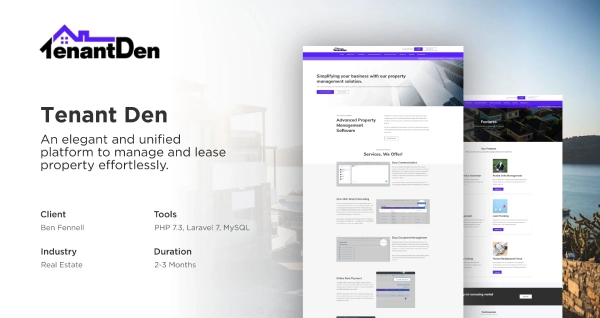


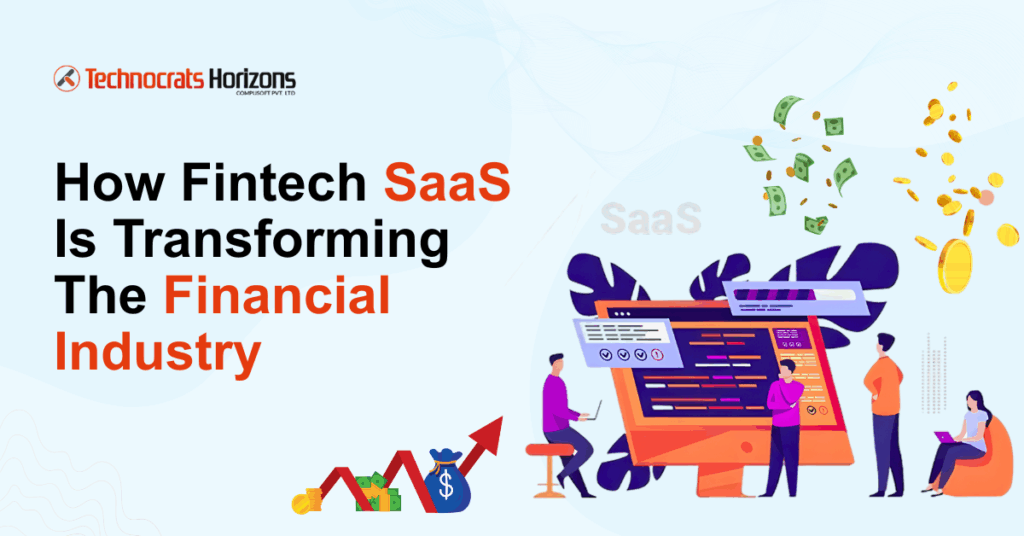
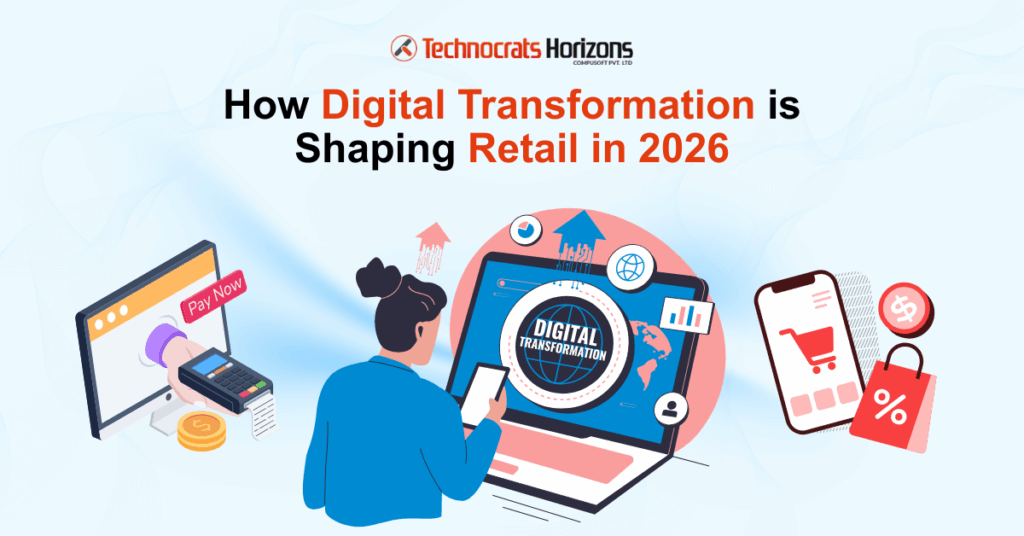

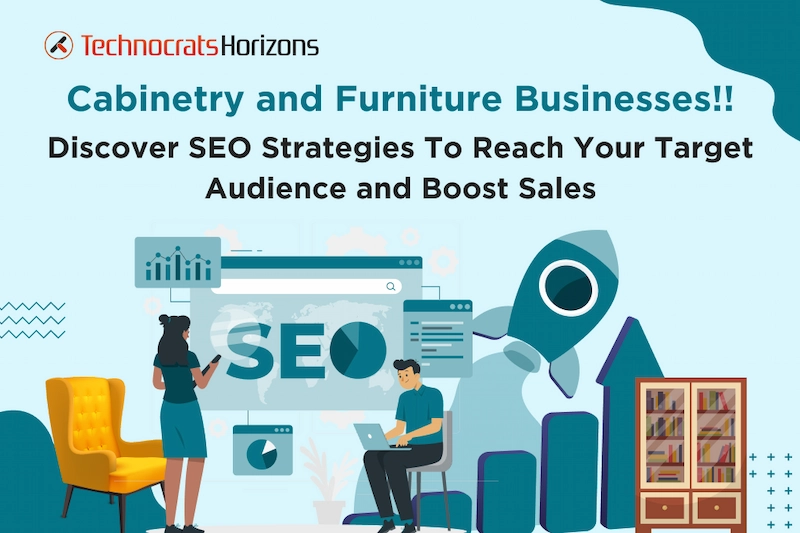
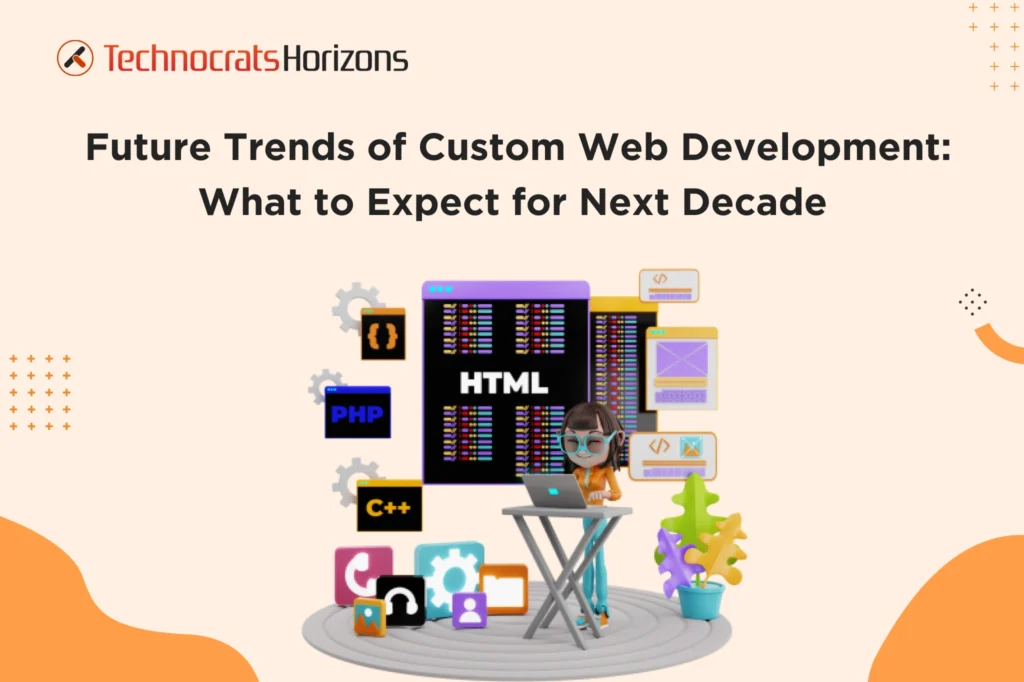
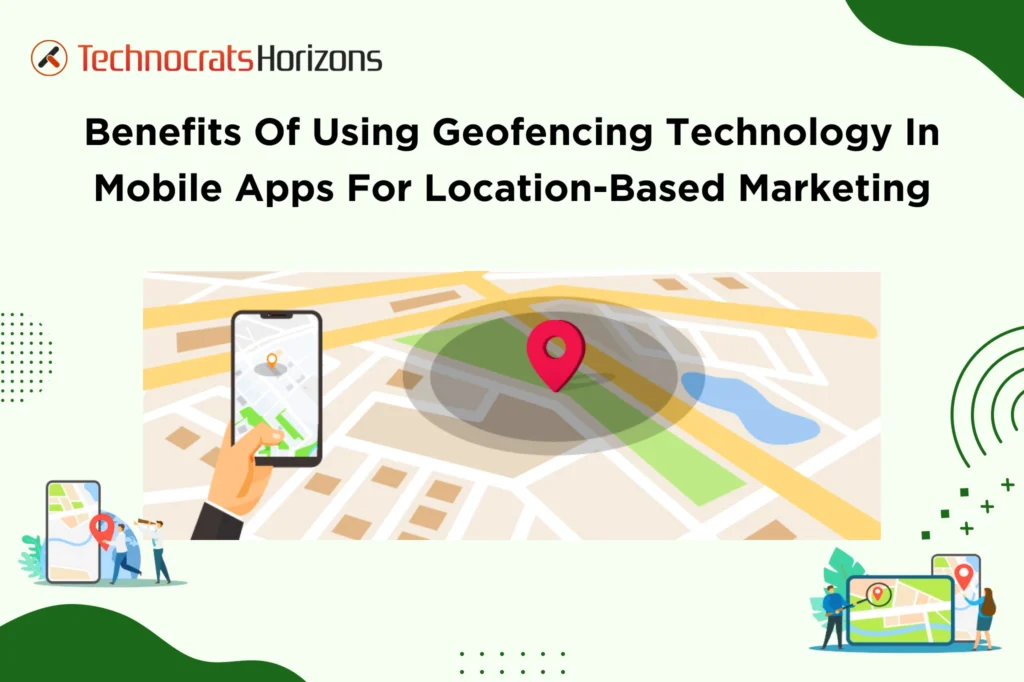
 Request a
Request a
















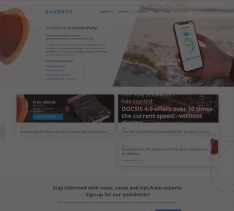
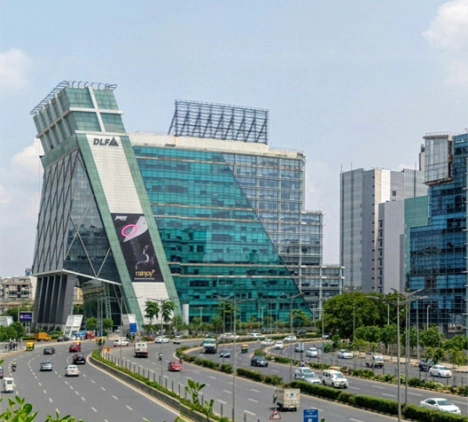


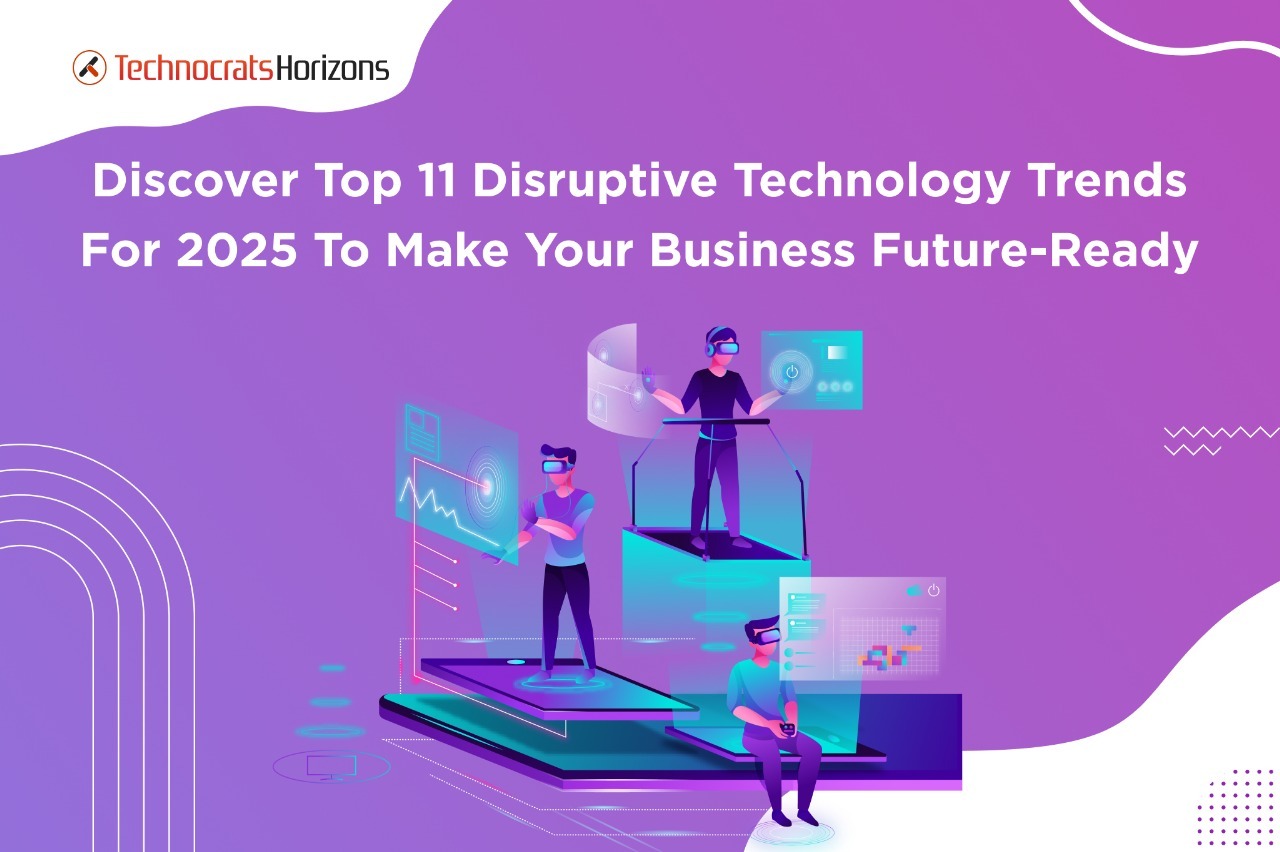

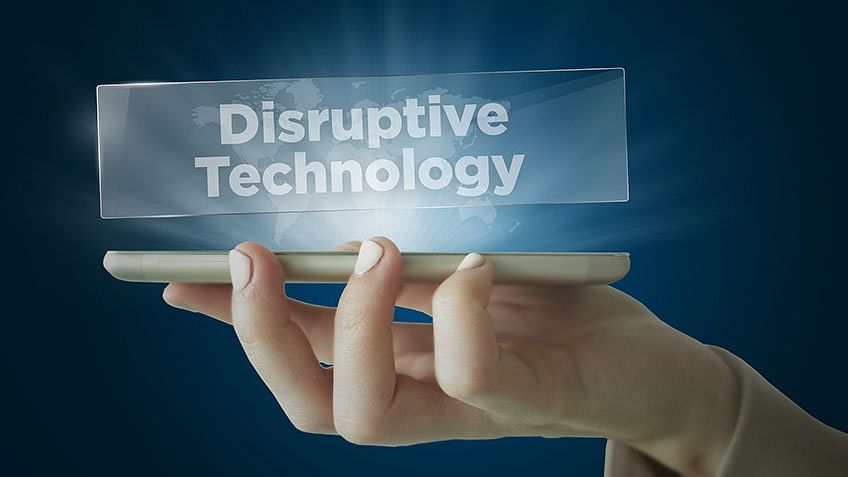

.png?width=850&auto=webp&quality=95&format=jpg&disable=upscale)

